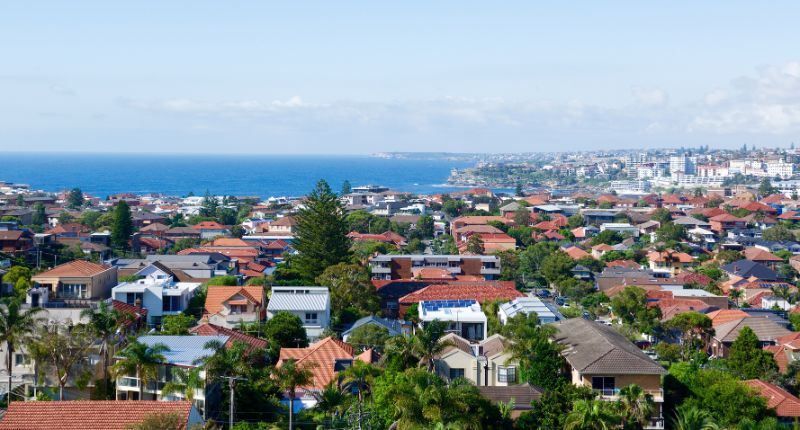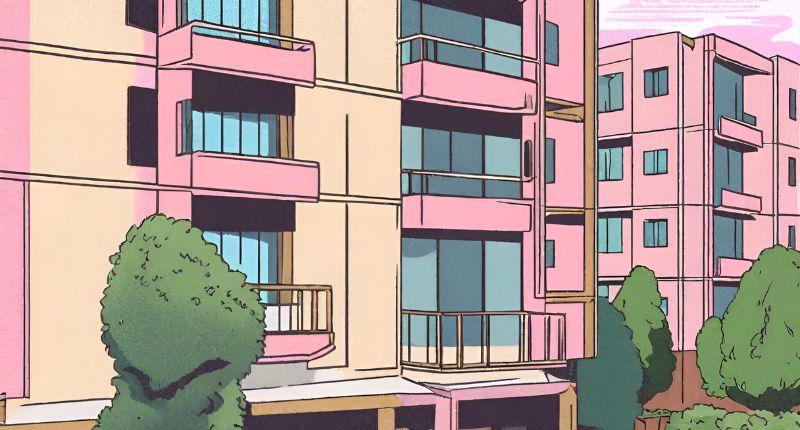- CoreLogic's Tim Lawless recently reviewed how to read a housing market peak
- Duration and severity is influenced by a range of factors
- Notably, Perth and Darwin's housing markets are yet to reach previous peaks
Recently, Tim Lawless from CoreLogic highlighted how to read a housing market, especially in terms of where the market peak is.
Often the main sign of a market that has peaked is the monthly declines in growth rates.
Factors that can determine if a market peak will occur includes policy decisions such as interest rates and credit availability, market factor such as affordability and stock levels, along with macroeconomic factors such as wages growth and general labour market conditions.
But, what happens following a market peak? Back to the trough and start again?
It’s more complicated than that.
“Once a market peaks, the typical trend is that values will experience a period of decline,” Mr Lawless said.
“The duration and severity of the decline is dependent on a broad range of both macro and micro factors.”
Tim Lawless, CoreLogic
Historic periods of decline to trough, National

Since the late 1980s, downturns have ranged from a 1% peak to trough decline – which occurred amid the first credit tightening via APRA’s 10% limit on lending – to the much more significant 8.4% decline that occurred after further tightening during 2017-19.
Historically, the most severe downturns across the capital cities have occurred after periods of exuberance, most notably the mining boom that ended in the early 2010s, which severely impacted the Perth and Darwin markets.
House prices in Perth fell by 20% over 64 months from a peak in June 2014 to hitting the floor in October 2019.
Darwin fell by even more; 32.7% over the 69 months between May 2014 to February 2020.
However, both downturns were followed by a significant upswing in values, a trend that also occurs on a national scale as evident by the below graph.
Historic periods of decline to recovery, National

Asking property prices yet to peak in Perth and Darwin
However, when analysing weekly asking property prices from SQM Research, it should be noted that neither the Perth or Darwin markets have reached their previous peaks.
In January 2014, asking prices in Perth reached a record $771,283 for houses. As of this month, they are at $712,580 – the highest level since early 2016 yet nowhere near the peak level.
Likewise, asking prices for units is currently just over $400,000 – below the 2013 peak just shy of $470,000.
Perth
In Darwin, the housing market peaked far earlier, with weekly asking prices of $728,000 recorded for houses in May 2010.
Darwin
As of this month, weekly asking house prices are now at $651,972.
After peaking in January 2010 at $537,047, weekly asking prices for units have been on the decline too. After troughing at $307,384 in January 2020, unit prices are still only at $375,508 – far, far below the peak.








